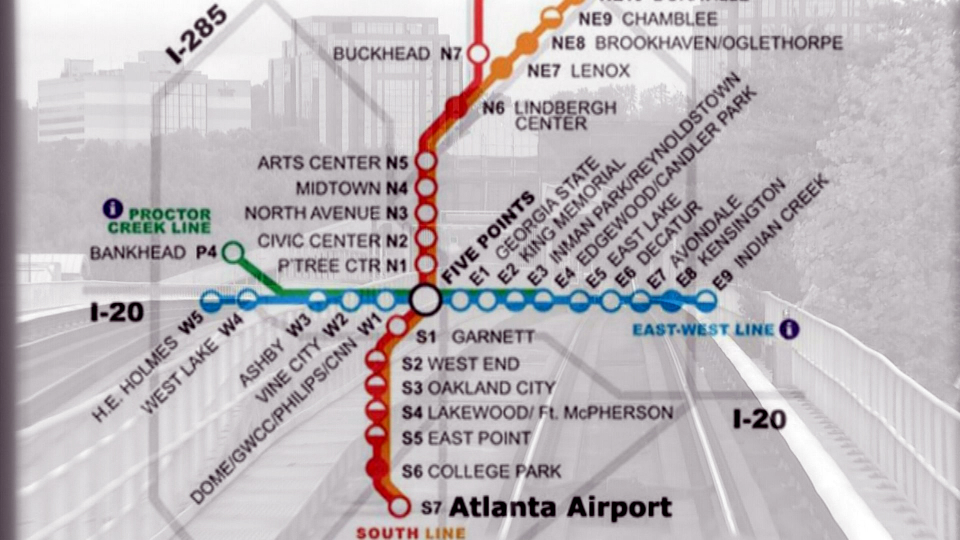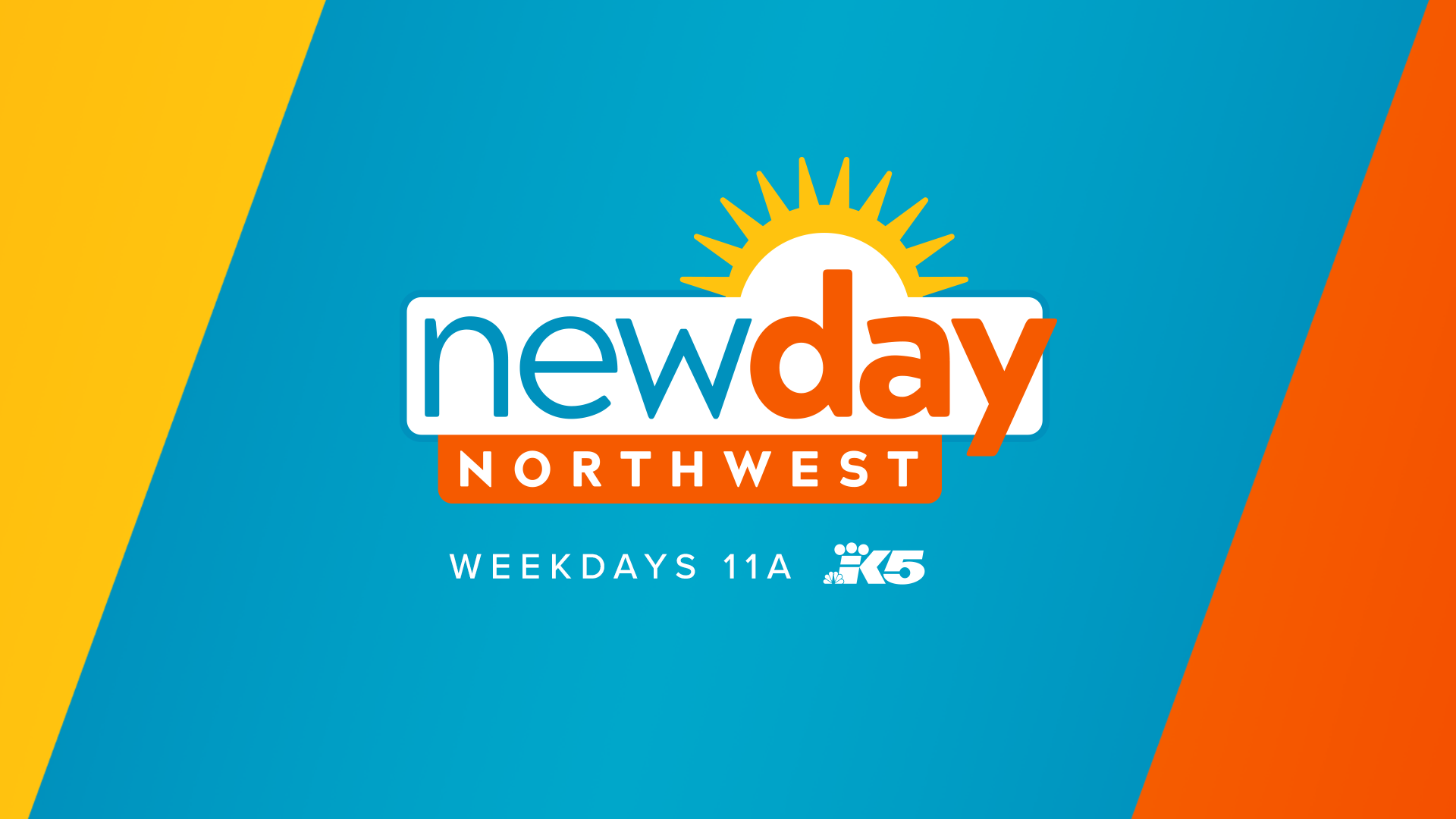Seattle once moved commuters mostly by rail. Electric streetcars and trolleys crisscrossed town a century ago, while Interurban trains ran every half hour or so, carrying passengers to stations located on a line traveling from Tacoma to north of Everett at speeds up to 60 mph.
But in the 1930s, as cars became more affordable, they pushed out trains. Buses replaced city street cars. The rail era faded even more quickly in the post-World War II boom years.
Rail almost made a comeback. As Seattle's population grew in the 1960s, civic leaders formulated a plan to build a 49-mile rapid transit system – a subway that would carry people underground throughout the city, then speed commuters above ground to points north and south. The proposed system would have crossed Lake Washington on I-90 to Bellevue and on to Redmond.
The federal government offered hundreds of millions to cover 80 percent of the costs. The project was named Forward Thrust.
Opponents feared mass transit would spur more growth and said it was too expensive. The Boeing downturn that prompted the famous Seattle billboard, "Will the last person leaving SEATTLE – Turn out the lights," doomed it for good.
King County voters rejected the regional bonds necessary to fund the rail plan—first in 1968 and then more decisively in 1970--leaving $900 million in federal funds on the table, or more than $5 billion in 2015 dollars.
That money went to Atlanta, a city that was happy to take what Seattle turned down. With those federal dollars and local matching funds, Atlanta built MARTA(Metropolitan Atlanta Rapid Transit Authority)—a subway system that carries nearly a quarter million riders every day.
Pamela Crenshaw is one of them. She lives in Duluth, a suburb north of Atlanta. Five days a week, Crewnshaw drives 30 minutes to the Doraville Station, where she leaves her car at a park and ride and hops on MARTA's gold line.
"It works for me, it beats sitting in traffic," Crenshaw said.
Crenshaw said instead of a stressful hour in her car, she spends about 40 minutes on the train, which requires one transfer, before she arrives at her office in Buckhead.
Crenshaw handles logistics for a shipping company. The work can be hectic, which is why she's happy to avoid a tense commute by car.
"Let's just say by the time I got to work I'd probably be frustrated, angry, tired," Crenshaw said.
It's a cheap and easy solution for Crenshaw. Her company pays for her MARTA Breeze pass, and she avoids wear and tear on her psyche and her car.
"The people here in Atlanta thank the folks in Seattle for turning down the money that helped build MARTA," said MARTA CEO Keith Parker.
Parker said Seattle's loss was Atlanta's gain.
"Because it gives us a great alternative (to driving), it helps our economic development, helps our quality of life, helps our environment, all of the above" Parker said.
On a map MARTA looks like a giant plus sign over the city: 48 miles of rail--almost exactly the same size Seattle envisioned under Forward Thrust.
The biggest complaint is that MARTA doesn't serve enough places.
In fact, MARTA was planned as a 100-mile system. But selling it to voters in Georgia wasn't easy--out of five counties included in the original the plan, only two, Fulton and DeKalb, voted to tax themselves to build MARTA. It would be 40 years before a third county would approve a one penny sales tax to join the system—that happened just last November.
"We're about halfway there," said Atlanta attorney and MARTA Board Chairman Robbie Ashe III, who is spearheading an ambitious plan to expand MARTA out to the suburbs.
Ashe said MARTA intends to ask the legislature to allow counties to levy an additional half-cent sales tax to raise $4 billion over 40 years, hoping the federal government will kick in another $4 billion. With that money MARTA could double in size.
But even at half the size envisioned, MARTA is so powerful, it literally shapes the city skyline.
"This skyline is very stretched out and it's going along the MARTA tracks, it's going exactly where the train is going," said attorney Lee Biola, head of Citizens for Progressive Transit, a grassroots transit advocacy organization.
Biola said the skyline already extends some 13 miles and is still expanding, spurring development as it goes.
For example, on the northern end of the Red Line at the Dunwoody station, Illinois-based State Farm Insurance is building a hub for 8,000 workers.
"It's actually built on top of the MARTA tracks and employees will have the option of taking the train directly into their building," said State Farm spokesperson Justin Tomczak.
It's not just working near MARTA that's appealing--increasingly people want to live nearby too. That trend has MARTA partnering with developers to turn underused parking lots into "TODs" -- transit oriented developments.
The first TOD is at Lindbergh Center, where the Gold and Red lines merge and where companies, condos and coffee shops are popping up.
"This is going to be the superstar of our TODs," said Parker, who credits the transit station with revitalizing the neighborhood.
"Absolutely, you don't have the transit station, you don't have any of this," he said.
Even with MARTA, Atlanta's traffic is bad. But it's estimated MARTA trains and buses keep up to 200,000 cars off the road every day.
"There's already traffic jams, you force more cars onto the road would be Armageddon traffic wise," said Biola of Citizens for Progressive Transit.
Consider the 16-mile trip between Downtown Atlanta and the Dunwoody Station to the north. That's about the same distance as Seattle to Lynwood. A rush hour MARTA ride takes 22 minutes. The Lynnwood-Seattle drive can easily take more than an hour.
Pamela Crenshaw is so relieved to skip the traffic mess that she has a message for KING viewers: "Thank you Seattle for not accepting the money for this project."
She also has some advice: "I would just say if the opportunity presents itself again for Seattle, I would advise them to jump on board."
It's probably too late for Seattle to ever build the kind of subway system Atlanta has--there's too much development in the way and the federal government isn't handing out transit money like it once did.
But the man who runs MARTA believes Seattle is doing the right thing by expanding light rail and upping bus service, instead of mourning what it missed.
"Get past that," said Keith Parker, "start planning today for the next 20, 30, 40 years and you'll get there. I don't think it's ever too late to make the right choice."


